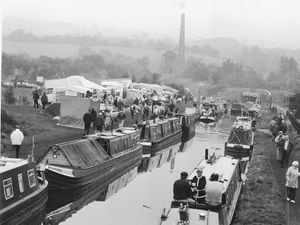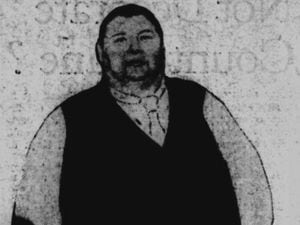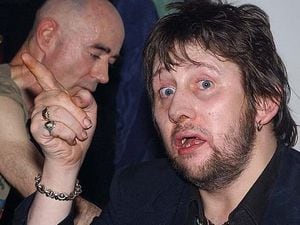The Black Country: Proud region has split opinion for centuries
It seems the Friederich Engels didn’t think much of Willenhall. The famous Marxist philosopher considered the child workers in the town’s factories were both uneducated and devoid of morals when he visited during the 1840s.
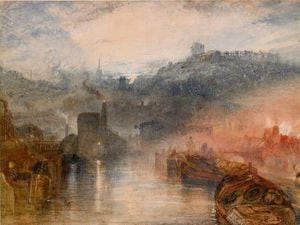
He said: “They were so little capable of thinking of what they said, so stolid, so hopelessly stupid, that they often asserted they were well treated, that they were coming on famously, when they were forced to work 12-14 hours, were clad in rags, did not get enough to eat, and were beaten so that they felt it several days afterwards.”
What the young workers thought of Engels, of course, is not known. History tends to be told by the wealthy, the educated and the powerful, as Engels would no doubt have attested to.
Engels’ adventures in the lock-making capital forms one of 50 accounts in Brendan Clifford’s new book, The Black Country, 500 Years in 50 Voices.
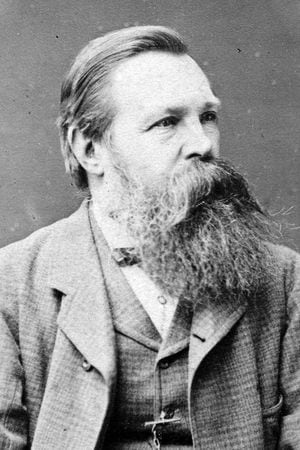
Beginning with 16th century antiquarian, historian and topographer John Leland, and ending with Wolverhampton-born journalist and broadcaster Sathnam Sanghera, the book looks at the region through luminaries spanning half a century.
Brendan, who is from Warley, is editor of the Black Country Society’s magazine The Black Countryman. He says the idea for the book first came about when he read of the Impressionist painter JMW Turner’s time in Dudley.

“You hear a lot about what Charles Dickens thought, and Queen Victoria, but I began to wonder who else had visited the Black Country, and what they made of it,” he says.
Some, such as Abraham Lincoln’s man in the English Midlands, Elihu Burritt, found the region with its red-glowing skies and dynamic new industries and exciting place to be in the 19th century.
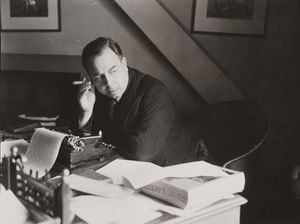
Others, such as Engels and the playwright JB Priestley, saw only negativity and despair.
The latter described the region as “an immense hollow of smoke and blurred buildings and factory chimneys.... The places I saw had names, but these names were merely so much alliteration: Wolverhampton, Wednesbury, Wednesfield, Willenhall and Walsall. You could call them all wilderness and have done with it.”
Daniel Defoe, best known as the author of Robinson Crusoe, visited the Black Country some time about 1720, when the Industrial Revolution which would change the world was beginning to emerge.
A hundred years earlier, Dud Dudley had been granted a patent for a new method of smelting iron with coal, rather than charcoal, and his Dudley-born great-great-grand-nephew Abraham Darby took this technology to a whole new level with his new foundry at Coalbrookdale. Defoe’s visit to the Black Country came at an exciting time, then, and it seems he was fascinated by the way the landscape was changing.
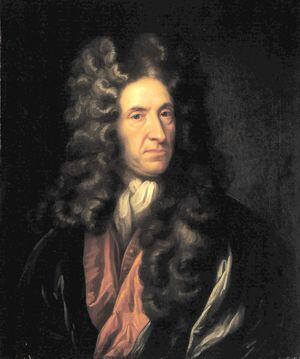
He said: “Every farm has one forge or more, so that farmers carry on two very different businesses, working in their forges as smiths, when they are not employed in the fields as farmers. And all their work they bring to market, where the great tradesmen buy it up and send to London... we cannot travel very far in any direction without the sound of the hammer.”
Naturalist Robert Plot, included some vivid descriptions of the region in his 1686 book The Natural History of Staffordshire.
He seemed quite taken by the view from Dudley Castle, “which is elevated so high above all the country near that it commands the horizon almost all around, whence 'tis said may be seen the nine several counties of Stafford, Darby, Leicester, Warwick, Worcester, Salop, Chester, Montgomery and Flint.”
He observed how there were two distinct types of potter’s clay to be found at Horsley Heath in Tipton, “one of a yellowish colour, mixed with white, the other blewish”.
He also likened an underground explosion at a colliery in 1677 to an earthquake: “About 11 at night which came with a noise plainly to be heard before the shaking: it was considerable about Willenhall near Wolverhampton, but very short, giving the hearth but one shock, and moving (as they thought by the noise) from South to North....”
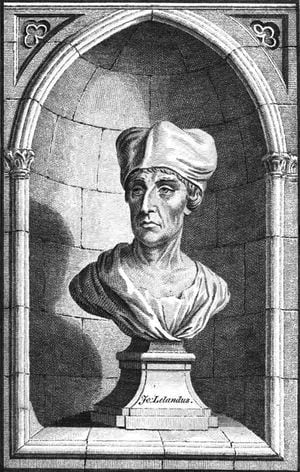
John Leland, who has been described as the father of English local history, is the earliest commentator to feature in the book, having lived from around 1503 to 1552.
He wrote: “Wulnerhampton a very good market town. In it is a fre schole made by Syr Sephane Jenning Maire of London and Tetenhaul a village and a college about a myle from Wulnerhampton.
He added: “Dudley Castel hard on the borders of Wyrecestershire, but the castelle self standith yn Stafordshire. Waulleshal a little market toune in Safordhir a mile by north from Weddesbyri. Ther be many smithes and byte -makers in the town.”
Indeed Dickens and Queen Victoria do feature in the book, along with more contemporary figures such as Dudley-born football manager Sam Allardyce, comedian, actor and writer Sir Lenny Henry, poets Kuli Kohli and Emma Purshouse, and Sanghera.

Allardyce wrote about the unhappiness of his time at Wrens Nest Secondary Modern School (later Mons Hill), where he was written off as stupid because of his dyslexia.
But he also speaks of how he was encouraged in his love of sport by an excellent PE teacher.
Sanghera describes a taxi ride through the Dudley Road area of his home town of Wolverhampton, where “you could never deal with anyone who wasn’t Indian.”
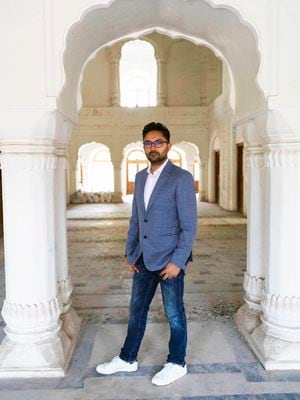
Another living contributor to the book, Guardian writer Stuart Jeffries, who was raised in the Sedgley area of Dudley, questions whether the post industrial gentrification – or at least “greenification” – of the Black Country has robbed it of its historic identity.
He asks: “What is the Black Country now? A green and pleasant land, possibly teeming with contented little people with oversized hairy feet?
“In the battle between industry and nature, did nature win? Has what made the Black Country special gone for good?”
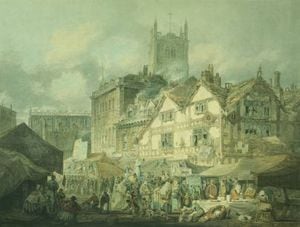
The book also includes numerous artistic depictions of the region, including the ones that inspired the book in the first place, JMW Turner’s paintings of Dudley Castle and High Green, Wolverhampton.
“These illustrations are now emblematic of the changes in the area witnessed in this book,” says Brendan.
The Black Country: 500 Years in 50 Voices, is published by the Black Country Society and priced £12.99.

